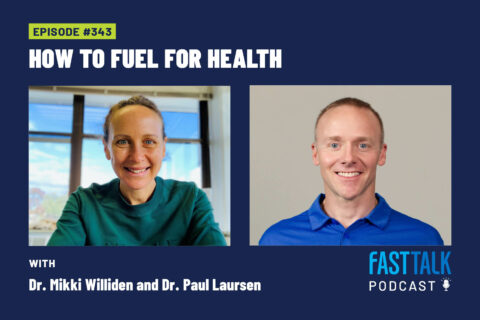
How to Fuel for Health
There’s an important difference between fueling for performance and fueling for health. In this episode, Dr. Mikki Williden and Dr. Paul Laursen give their suggestions on how to fuel for health.

The Fast Talk Podcast focuses on the science of endurance sports in a conversational and informative style. Mixed into the deep discussions, there are tips and takeaways regarding endurance training philosophy, human physiology, workout design, performance nutrition, and sport psychology.
Our hosts Trevor Connor, Chris Case, and Griffin McMath explore these topics with world-class, leading experts on endurance sports. These include researchers like Dr. Stephen Seiler, Dr. Bent Ronnestand, Dr. Inigo San Millan, as well as coaches such as Joe Friel, Neal Henderson, Stacy Sims, and Grant Holicky.
Subscribe to Fast Talk for over 389 episodes on Apple Podcasts, Overcast, Soundcloud, Spotify, Stitcher, or wherever you get your podcasts.
Fast Talk Podcast is now on YouTube! Subscribe now to get 100+ of our best episodes, new releases, and featured videos.

There’s an important difference between fueling for performance and fueling for health. In this episode, Dr. Mikki Williden and Dr. Paul Laursen give their suggestions on how to fuel for health.

High-intensity training offers many benefits. It also has limitations. We explore just how much HIT work you need to perform at your best.

In this summary episode we discuss how homeostasis is at the core of almost every function in our bodies, including how we train and stay healthy.

The author of “The Time-Crunched Cyclist” joins Fast Talk to discuss the science, merits, and limitations of the time-crunched training method.
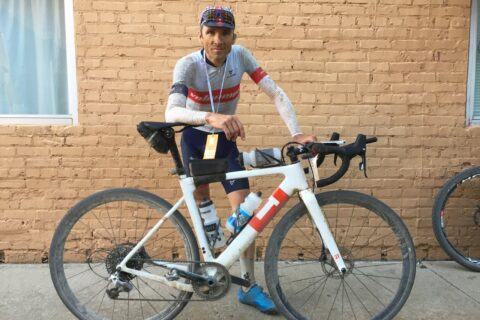
We answer questions on interval training and intensity, training for DK in flat places, and muscle fiber recruitment.
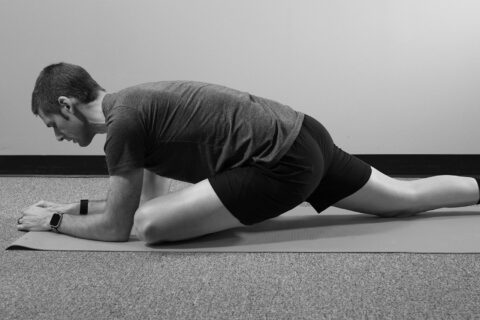
With the help of strength and conditioning coach Menachem Brodie, we delve into the benefits, precautions, and short- and long-term effects of stretching.

We asked Colby Pearce a simple question: Tell us what you know about the pedal stroke. Colby gave us a monologue of gold.
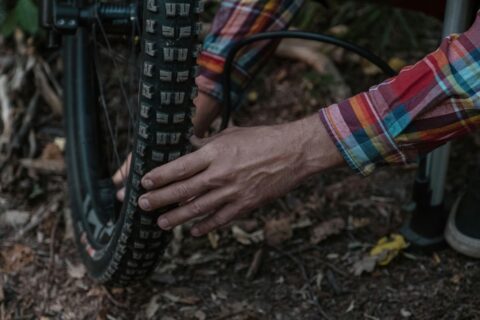
In episode 95 we explain the complexities of the tire, tire pressure, and how those things lead to changes in comfort, grip, rolling resistance, and more.
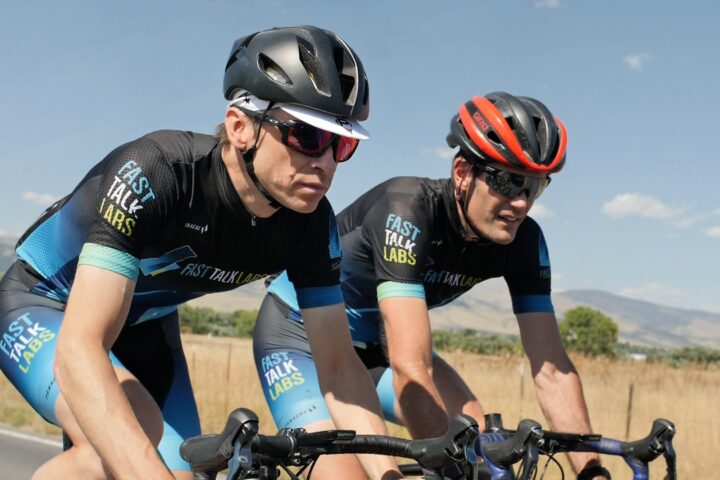
We take on questions about training while fasted, goal–setting analysis, and have a discussion on the polarized training approach.
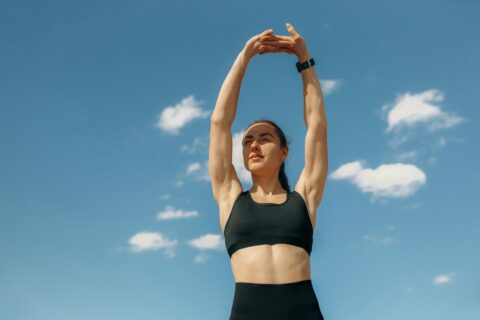
We discuss self-care, spending time on relationships, knowing your personal limits, and working to keep your passions alive while training and racing.
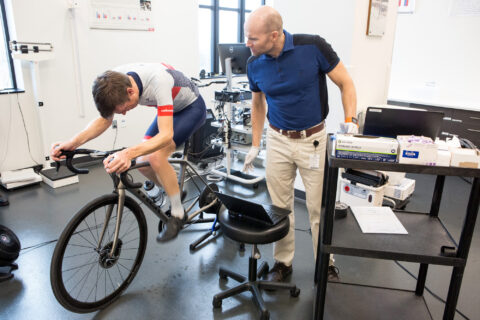
In episode 92, we answer questions on how to structure your training, overtraining, and laboratory testing.
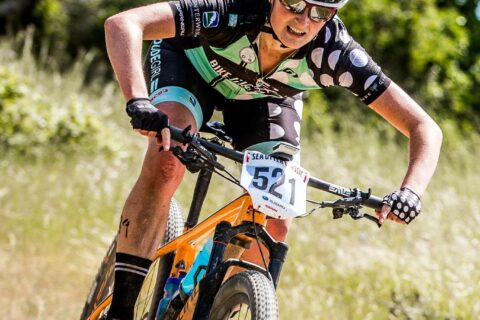
In episode 91 we emphasize the many critical aspects of training and coaching that don’t show up in the numbers.

We discuss ways to stay motivated, add variety to your training methods, reinvigorate your work ethic, and improve performance for next season.
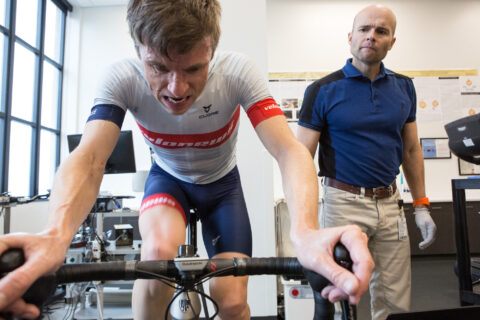
We talk with exercise physiologist Jared Berg about the value of athlete physiology testing like VO2max and lactate testing at the University of Colorado Sports Medicine and Performance Center.

How do we map out our seasons and prepare for a couple events? Do we still need to periodize? Can we be on form all year round?
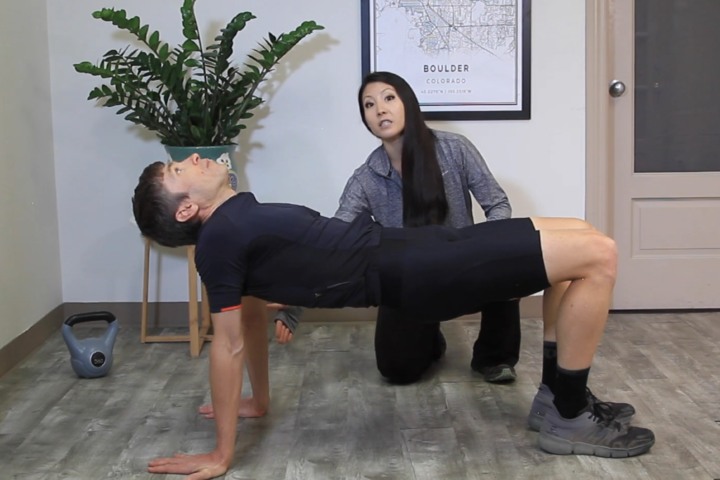
We discuss four of the most common overuse and imbalance injuries in cyclists and how to address them with off-the-bike work and proper bike fit.
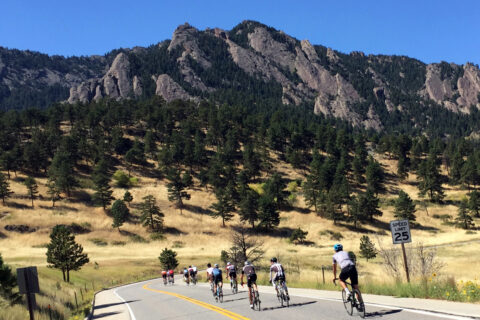
We answer listener questions on training for long endurance events, cardiac drift, the types of inflammation, and much more.
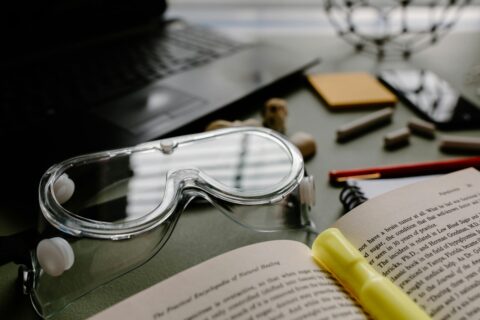
You might keep up with the latest sport science, but do you know how to interpret it? Can you tell when it’s good research that draws useful conclusions?
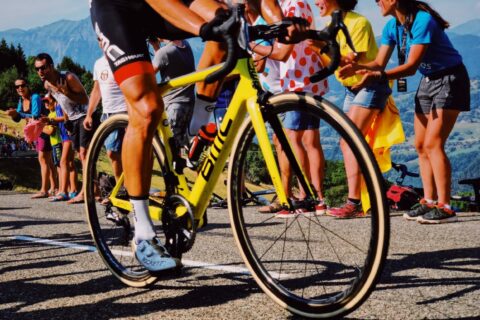
We sit down with Jumbo-Visma rider George Bennett to better understand how he trains, how you can apply his tips, and how pros have vastly different approaches.
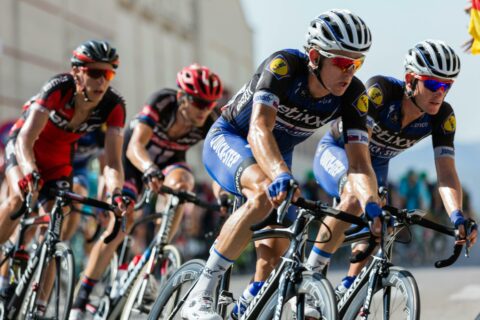
Pioneering sports nutritionist Asker Jeukendrup joins us for a discussion on how in-race nutrition is trainable and why you should be training your gut.
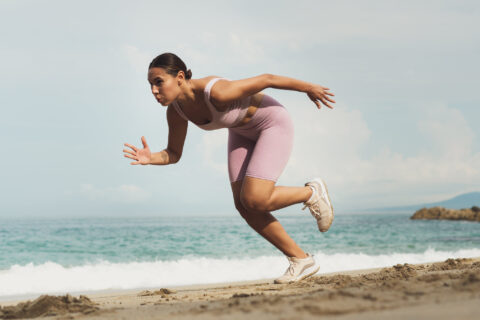
There’s a critical distinction between adaptation and recovery. Today, we focus on adaptations—what causes them and how to aid them.

Fast Talk is taking on cyclocross, from training to racing, honing technical skills to riding on nearly flat tires.